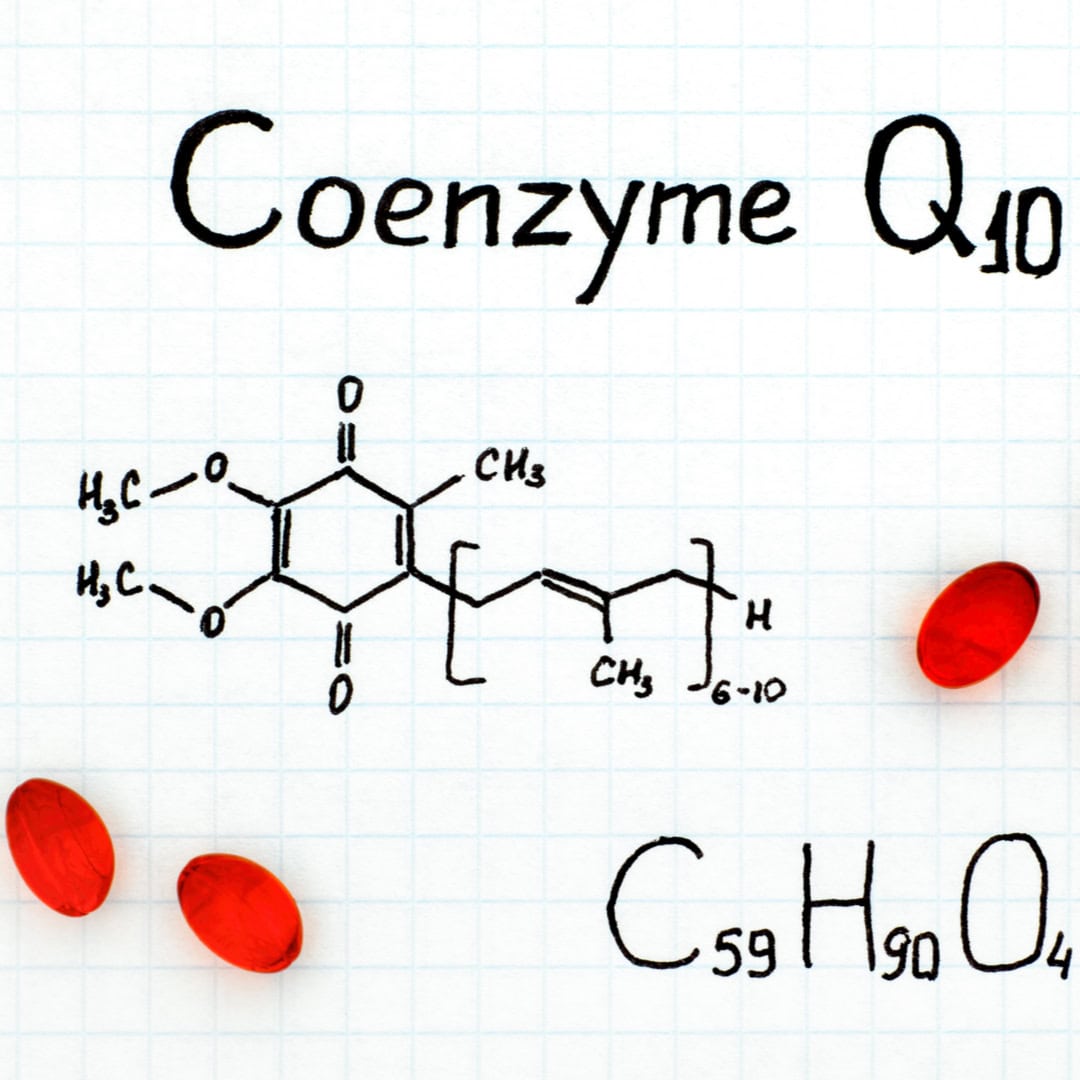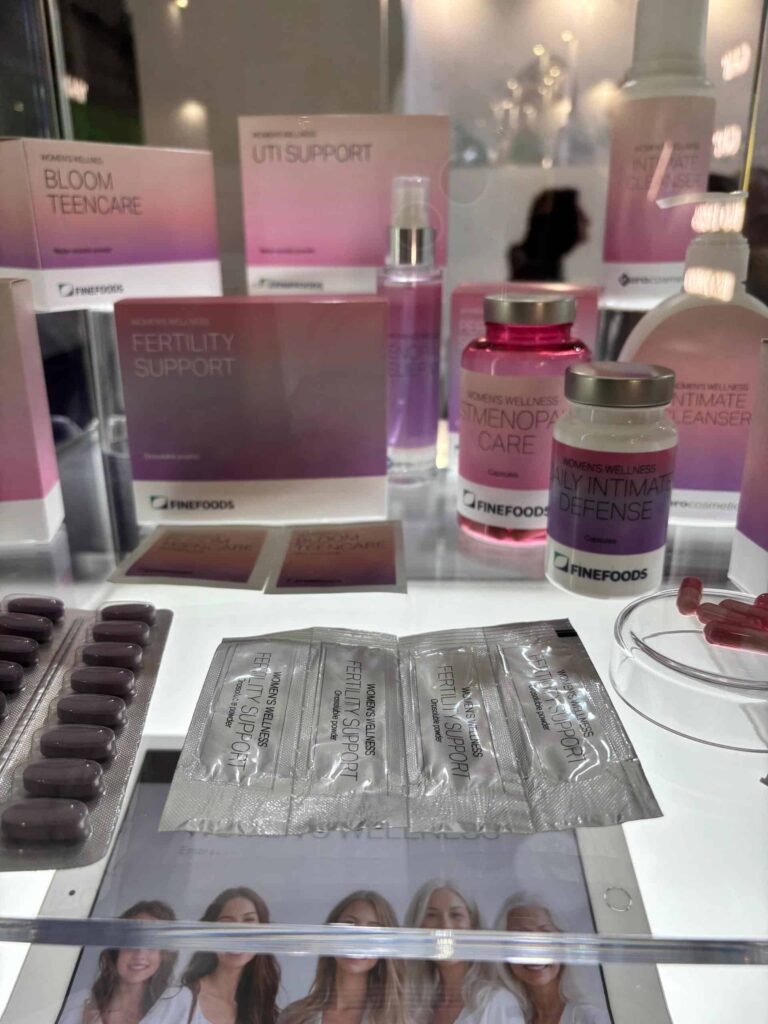Oxidative stress and mitochondrial dysfunction are key contributors to the development of neurodegenerative diseases1. Coenzyme Q10 (CoQ10) is an essential component of the electron transport chain in mitochondria and has been investigated as a potential therapeutic approach for these conditions due to its antioxidant properties and role in energy production1. Additionally, CoQ10 has been studied for its potential benefits in cardiovascular health, fertility, and skeletal muscle function2.
One of the primary challenges with CoQ10 supplementation is its poor bioavailability, particularly in targeting specific tissues such as the skeletal and cardiac muscle. This limitation has prompted ongoing research into various formulation strategies to improve the delivery and absorption of CoQ10.
For instance, studies have compared the bioavailability of different CoQ10 formulations, including ubiquinol (the reduced form of CoQ10) and other delivery methods, to address this issue. Furthermore, emerging research has explored the topical application of CoQ10 to the skin and its potential use in ophthalmology, indicating the growing interest in overcoming the bioavailability challenges of this compound2.
CoQ10 is produced in the human and animal body. But, despite that, deficiencies may occur. One of the causes might be statine medication usage.
Older subjects show an impaired CoQ10 status with lower serum CoQ10 concentration and a higher proportion of the oxidised form. CoQ10 is an essential component of the human electron transport chain in mitochondria, and also an important lipid-soluble antioxidant that protects cell membranes and lipoproteins against oxidative damage, preventing peroxidation of the low-density lipoproteins in the blood circulation with additional anti-inflammatory activity.
CoQ10 is a redox molecule occurring in the human body in 2 bioactive states, ubiquinone (CoQ10) as the oxidised state and ubiquinol (CoQH2) as a reduced state. Both redox forms of Coenzyme Q10 are bioactive and important for human health. CoQ10 is essential for cellular adenosine phosphate (ATP) energy production as it shuttles electrons from complexes I and II to complex III of the mitochondrial respiratory chain (Figure 1)3.
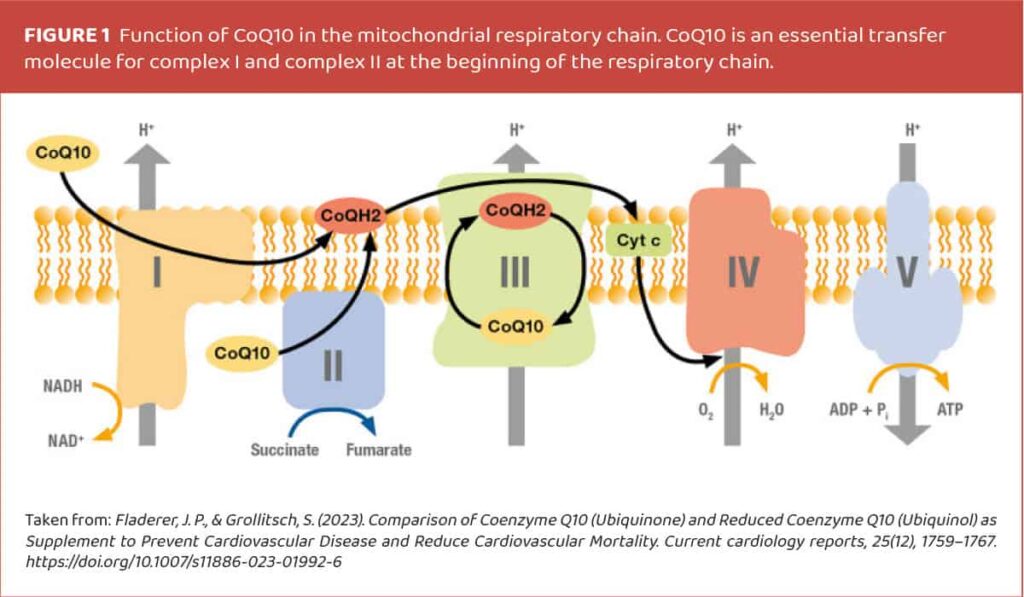
CoQH2 is very unstable and under normal conditions oxidised to CoQ10, (II) CoQH2 has to be oxidised to CoQ10 before it can be absorbed in enterocytes, (III) the bioavailability of CoQ10 and CoQH2 mainly depends on crystal dispersion status and carrier oil composition3.
CoQ10 is synthesized by the mevalonate pathway, an essential metabolic pathway, the byproducts of which include cholesterol and other isoprenoids. It is this shared dependence on the mevalonate pathway that brings attention to CoQ10 in cardiovascular conditions4.
CoQ10 is synthesized in almost all human tissues and is presumably involved in age-related alterations and diseases. Women showed lower cholesterol-adjusted CoQ10 levels than men, irrespective of age. As observed in both sexes, the decrease in CoQ10 concentration in older subjects was accompanied by a shift in the redox status in favour of the oxidized form. A strong positive correlation was found between total CoQ10 and cholesterol concentrations. In particular, older subjects were characterized by impaired CoQ10 status due to their lowered serum CoQ10 concentration and concomitant decrease of CoQ10 redox capacity.
CoQ10 is ubiquitously synthesized in almost all cells and membranes of human tissues. CoQ10 is suspected to be involved in age-related alterations of cells and membranes. Due to its two main functions as an electron carrier in mitochondrial bioenergetics and as a lipophilic antioxidant, deficiency in CoQ10 may impair mitochondrial energy production and increase production of reactive oxygen species (ROS), or susceptibility toward them. CoQ10 is associated with several age-related diseases like diabetes, hypercholesterolemia, cardiac insufficiency, and neurodegenerative diseases. The beneficial effects of CoQ10 supplementation are gaining attention. CoQ10 is considered the main antioxidant in low-density lipoproteins (LDLs). Lower CoQ10 levels in plasma are related to higher lipid peroxidation.
The study from 2016. was conducted to examine the impact of aging and sex on total and cholesterol-adjusted CoQ10 concentration and redox status in a large cohort of 860 subjects aged 18-82 years.
There was a strong positive correlation between CoQ10 and cholesterol concentrations. Concentrations of both parameters showed similar and parallel changes with age (Figure 2). CoQ10 and LDL-cholesterol concentrations also showed a strong positive correlation. In contrast, HDL-cholesterol level was not significantly related to CoQ10 concentration.
The strong relationship between the total cholesterol or the LDL-cholesterol and CoQ10 concentration respectively in serum was anticipated as virtually all CoQ10 in the circulation is associated with lipoproteins. Furthermore, CoQ10 and cholesterol share in parts a common synthetic pathway. However, the present findings emphasize the necessity for adjustment of CoQ10 concentration to lipid concentration while diagnosing the functional status of CoQ10 in human blood.
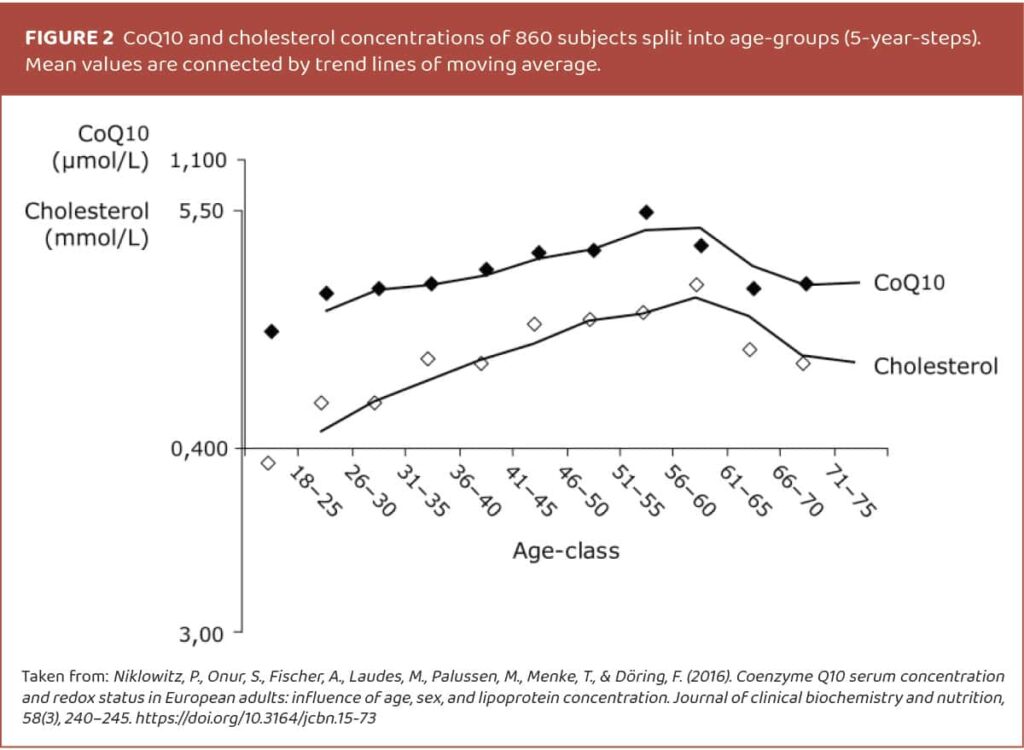
It was shown that CoQ10 blood concentrations showed an inverse U-shaped course during adulthood. In old people, the antioxidative properties of CoQ10 in circulation may be impaired, as reflected by a decrease in CoQ10 concentrations, accompanied by a shift in redox status in favour of the oxidized proportion. This shift in redox status was seen in both sexes; however, women irrespective of age had lower cholesterol-adjusted CoQ10 levels in comparison to men. Therefore, women may either be more susceptible to oxidative damage or men may have an increased demand for antioxidant capacity.
There is a clear negative correlation between the cholesterol-adjusted CoQ10 level and its oxidized proportion of CoQ10. Thus, the decrease of CoQ10 levels in old age associated with a loss of antioxidant capacity is not limited to human tissues or cell organelles but applies also to lipoprotein protection in the blood. The concurrent occurrence of low cholesterol-adjusted concentrations and high oxidized proportions of CoQ10 increases the susceptibility to oxidative stress in old age, which may be overcome by oral supplementation5.
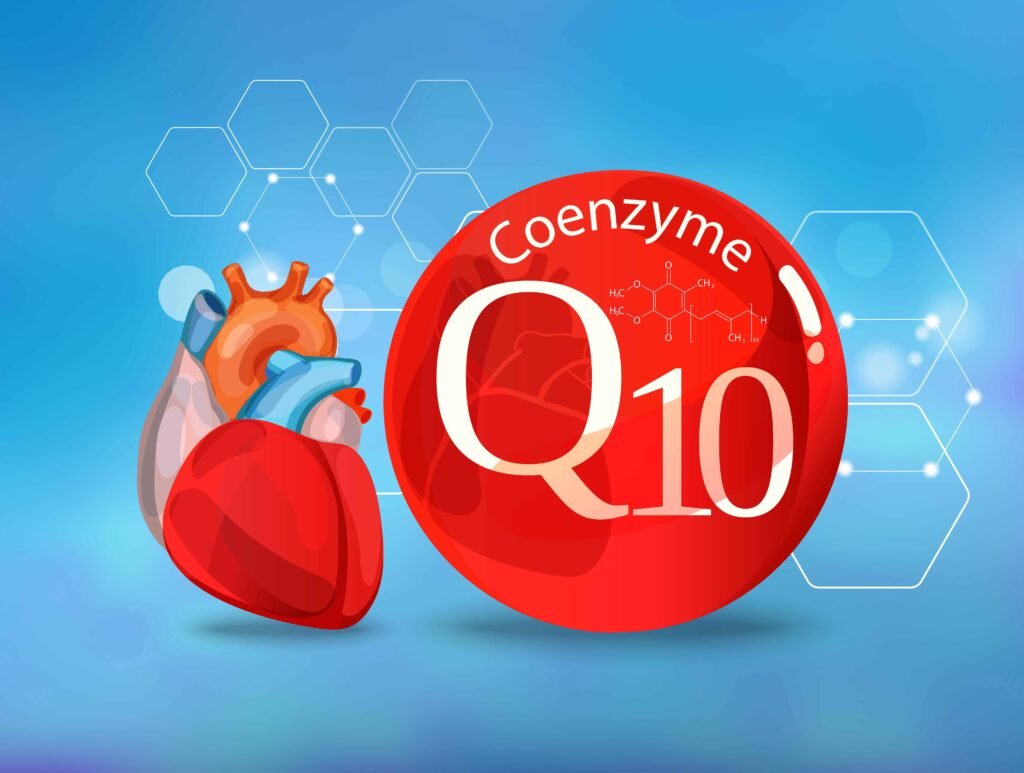
Supplementing with CoQ10
Maintenance of CoQ10 levels in plasma is important in preventing LDL oxidation, thereby reducing cardiovascular disease risk and preventing muscle deterioration during aging. For this reason, supplementation with CoQ10 can be recommended in cases of deficiency to restore, at least, the antioxidant capacity and to avoid LDL oxidation. However, studies of bioavailability show that the response of individuals to CoQ10 supplementation is very variable. For this reason, considerable research has been carried out to increase its bioavailability including the use of different types of liposomes or new surfactants.
The bioavailability of supplements with CoQ10 in humans seems to depend on the excipients of formulations and the physiological characteristics of the individuals. Both CoQ10 and cholesterol concentrations were positively correlated with BMI. BMI and the proportion of the oxidized form of CoQ10 were also positively correlated, which indicates increased oxidative stress in obese people6.
Cardiovascular research, fertility and skeletal muscle health remain major fields of application of Coenzyme Q10 (Figure 3). Novel applications, particularly topical applications, are gaining considerable interest. In this respect, bioavailability represents a major challenge and the innovation in formulating is gaining critical importance.
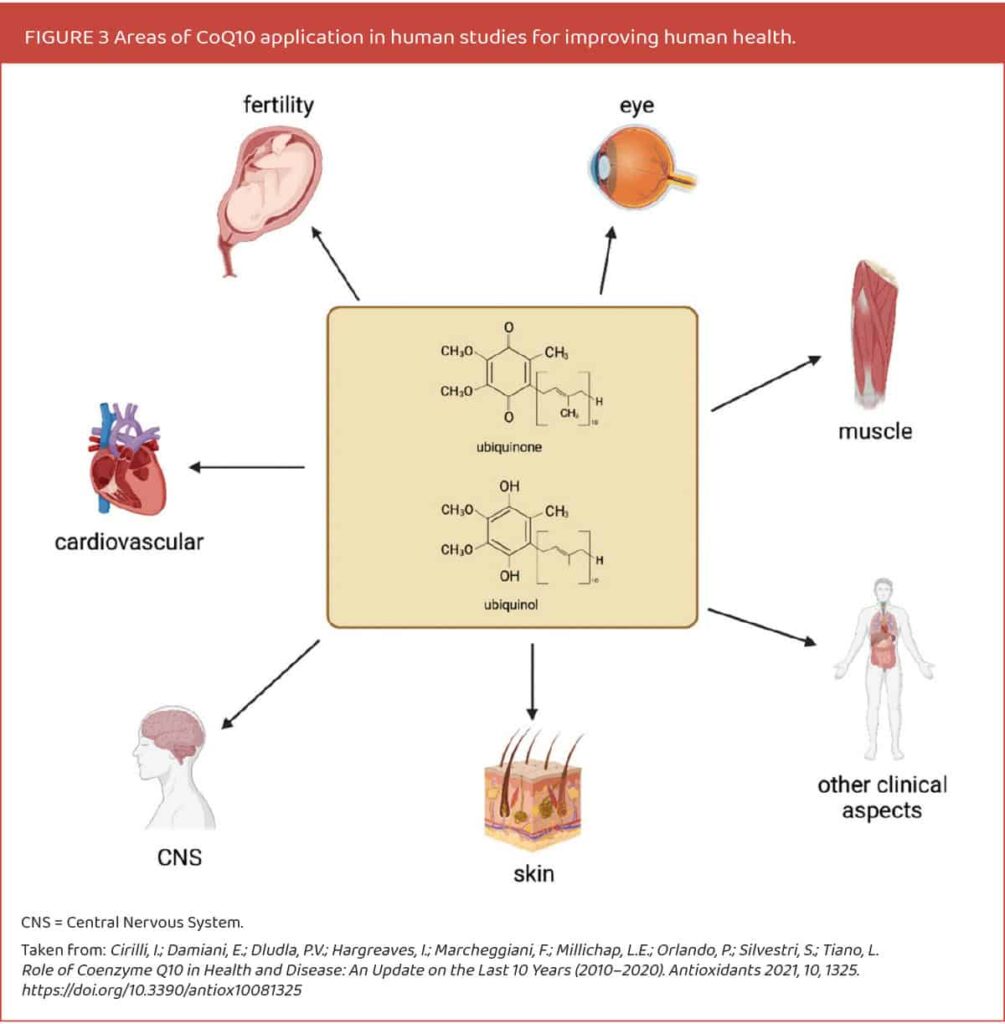
Conclusion
More than six decades after its discovery, CoQ10 research continues to drive significant interest in the scientific community, particularly in the second decade of the new millennium. This enduring attention is driven by its diverse mechanisms of action and broad applications in human health. The beneficial effects of CoQ are largely attributed to its well-established bioenergetic and antioxidant properties, though emerging studies increasingly emphasize its role in redox signalling and mitochondrial function modulation. However, its limited bioavailability remains a key challenge. To address this, researchers are actively exploring novel formulation strategies. Notably, topical applications of ubiquinol, particularly in dermatology and ophthalmology, are gaining attention as promising therapeutic approaches.
